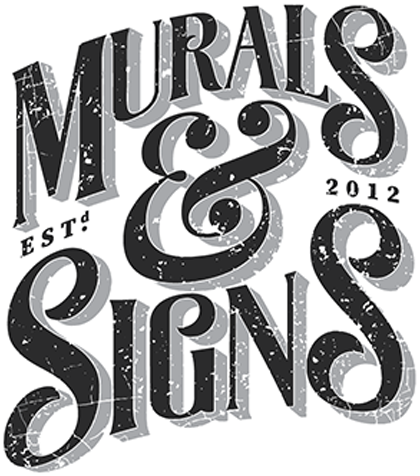In the ever-evolving landscape of marketing and visual communication, the design and layout of commercial signs play a pivotal role in capturing attention, conveying brand identity, and driving business success. To stay ahead of the curve and create impactful signage, it’s essential to be aware of the latest trends that are shaping the world of commercial sign design and layout.
The Power of Visual Storytelling
In a world saturated with information, the art of storytelling is taking center stage in commercial sign design. Brands are utilizing signs not just to display information, but to tell a compelling story that resonates with their audience. Incorporating visually engaging elements, such as illustrations, animations, and even interactive features, can captivate viewers and leave a lasting impression.
Interactive Elements for Engagement
Interactive signs are gaining traction as a means of boosting engagement. Incorporating elements like QR codes, touchscreens, and augmented reality (AR) can create an immersive experience for viewers. For instance, a retail store might use AR to allow customers to “try on” virtual clothing using their smartphone cameras, enhancing the shopping experience.
Minimalism and Bold Typography
The trend of minimalism continues to influence commercial sign design. Clean and simple layouts, combined with bold typography, can make a strong impact. Minimalist signs not only convey messages clearly but also exude a modern and sophisticated vibe that resonates with today’s design-savvy consumers.
Custom Fonts and Hand Lettering
To stand out in a sea of uniformity, many brands are opting for custom fonts and hand lettering in their signs. These unique typographic choices add a personal touch and reflect the brand’s individuality. Handcrafted lettering can evoke authenticity and nostalgia in an increasingly digital world.
The Role of Colors and Contrast
Colors and contrast are powerful tools in sign design that can evoke emotions, convey messages, and establish brand recognition.
Vibrant Color Palettes
Bright and vibrant color palettes are making a comeback in sign design. These eye-catching colors can capture attention and create a sense of excitement. Brands are using lively hues strategically to draw viewers’ eyes to specific information or calls to action.
High Contrast for Legibility
Legibility remains a top priority in sign design, and high contrast between text and background is crucial. This trend ensures that signs are easily readable, even from a distance or in challenging lighting conditions. Black-and-white combinations or bold contrasts like black on yellow are becoming popular for their clarity and impact.
Sustainability and Eco-Friendly Design
In an era of heightened environmental consciousness, businesses are integrating sustainability into every aspect of their operations, including sign design.
Eco-Friendly Materials
Commercial sign design is embracing eco-friendly materials like reclaimed wood, recycled plastics, and even living plants. These materials not only reduce environmental impact but also add a unique texture and aesthetic to signs.
Solar-Powered and Energy-Efficient Signs
Solar-powered signs are becoming a sustainable solution, especially for outdoor installations. These signs harness the power of the sun to illuminate during the night, reducing energy consumption and operational costs.
Dynamic Digital Signage
The rise of digital technology has led to the evolution of dynamic digital signage, which is revolutionizing the way businesses communicate with their audience.
Real-Time Updates
Digital signs equipped with real-time data integration can display up-to-the-minute information, such as weather updates, stock prices, or event schedules. This feature is particularly beneficial for businesses that require constant information dissemination.
Video and Motion Graphics
Dynamic digital signs are embracing video and motion graphics to convey messages in a more engaging way. These signs can display promotional videos, animations, or even live streams, captivating viewers with dynamic content.
Integration of Geolocation Technology
Geolocation technology is being harnessed to provide personalized and location-based content through commercial signs.
Location-Specific Offers
Businesses are using geolocation to send customized offers and promotions to users’ smartphones when they are in close proximity to the store. This strategy aims to drive foot traffic and enhance the in-store shopping experience.
Wayfinding and Navigation
Geolocation-enabled signs can assist visitors in navigating complex spaces like malls, airports, and large venues. These signs provide real-time directions, making it easier for individuals to reach their desired destinations.
Conclusion
The world of commercial sign design and layout is dynamic and continually evolving. Staying abreast of the latest trends in this field can help businesses create signage that not only captures attention but also aligns with their brand identity and resonates with their target audience. From interactive elements to sustainable materials and dynamic digital signage, these trends are shaping the future of how businesses communicate visually in an increasingly competitive marketplace. By embracing these trends, businesses can position themselves as innovative and responsive, driving customer engagement and loyalty.
